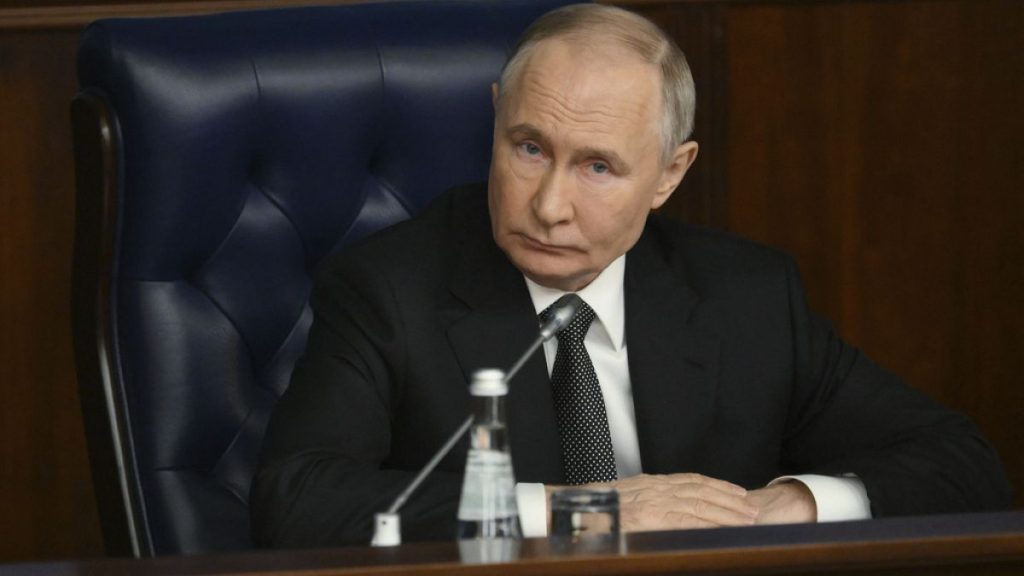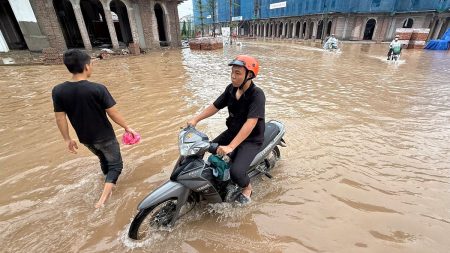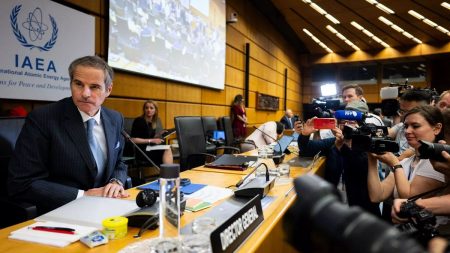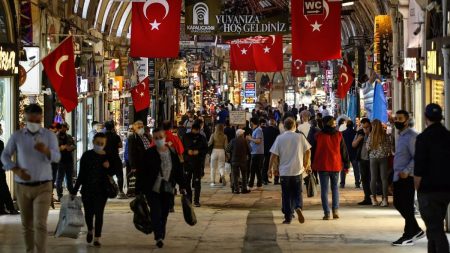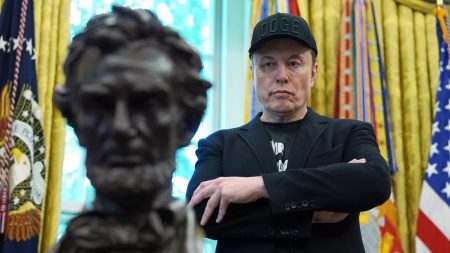The ongoing conflict in Ukraine has reached a critical juncture, marked by escalating tensions and heightened rhetoric from both Russia and the West. Russian President Vladimir Putin, in his annual address to defense officials, asserted that Russian forces maintain a strategic advantage across the entire front line, attributing this success to the prowess of the Russian military, the dedication of defense industry workers, and the unwavering support of the Russian populace. However, this declaration of strength comes amidst increasing concerns about the trajectory of the conflict and the potential for further escalation.
Putin’s address highlighted a growing sense of confrontation with the United States, accusing the US of fueling the conflict by providing substantial military and financial aid to the Ukrainian government, which he deems illegitimate. He further criticized the deployment of mercenaries and military advisors by the West, portraying these actions as deliberate provocations designed to escalate the conflict. This narrative frames the West, particularly the United States, as the aggressor, pushing Russia towards a “red line” beyond which further retreat is impossible. This rhetoric serves to justify Russia’s actions in Ukraine and mobilize domestic support for the ongoing military campaign.
The “red line” metaphor signals a point of no return, implying that Russia is prepared to respond decisively to any further perceived aggression. While Putin did not explicitly define this red line, his remarks about US development of medium and shorter-range missiles suggest that this constitutes a key concern. He warned that should the US deploy such missiles, Russia would abandon its self-imposed restrictions, hinting at a potential reciprocal escalation of military capabilities. This warning serves as a deterrent, aimed at preventing the US from taking actions that Russia considers threatening to its security interests.
Putin’s claim of holding a strategic initiative across the entire front line contrasts sharply with reports from independent sources and Western assessments, which depict a more nuanced and contested battlefield. While Russia has made territorial gains, the conflict has been marked by significant losses for both sides and fierce resistance from Ukrainian forces. Putin’s emphasis on Russian military success likely serves to bolster domestic morale and project an image of strength to both the Russian public and the international community. This portrayal, however, may not fully reflect the complex realities on the ground.
The capture of 189 settlements this year, touted by Putin as evidence of Russian military progress, represents a significant territorial gain. However, the strategic value and long-term implications of these gains remain to be seen. The ongoing conflict has resulted in widespread destruction and displacement, with both sides suffering significant casualties. The human cost of the conflict underscores the urgency of finding a peaceful resolution.
The escalating tensions between Russia and the West, fueled by mutual accusations and the increasing militarization of the conflict, raise serious concerns about the future of regional stability and the potential for further escalation. Putin’s rhetoric, combined with Russia’s military actions, indicates a hardening of positions and a diminishing willingness to compromise. The international community faces the challenge of de-escalating the situation and preventing a further slide towards a wider conflict. The need for diplomatic solutions and a renewed commitment to dialogue is more critical than ever. The alternative, a prolonged and intensified conflict, carries profound risks for all parties involved and the broader international community.




